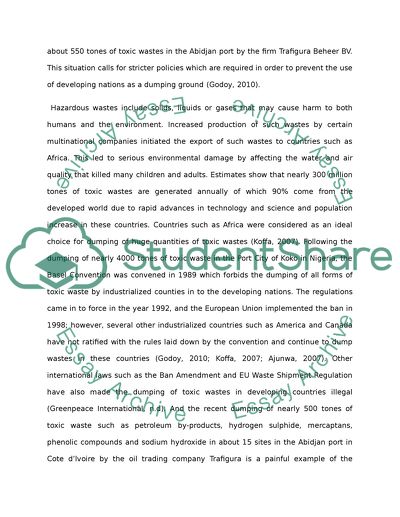Cite this document
(The Definition of Environmental Crime Coursework - 1, n.d.)
The Definition of Environmental Crime Coursework - 1. Retrieved from https://studentshare.org/environmental-studies/1565762-green-criminology
The Definition of Environmental Crime Coursework - 1. Retrieved from https://studentshare.org/environmental-studies/1565762-green-criminology
(The Definition of Environmental Crime Coursework - 1)
The Definition of Environmental Crime Coursework - 1. https://studentshare.org/environmental-studies/1565762-green-criminology.
The Definition of Environmental Crime Coursework - 1. https://studentshare.org/environmental-studies/1565762-green-criminology.
“The Definition of Environmental Crime Coursework - 1”. https://studentshare.org/environmental-studies/1565762-green-criminology.


